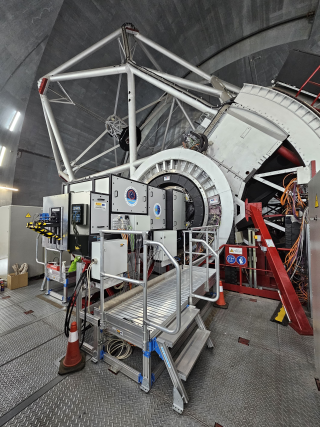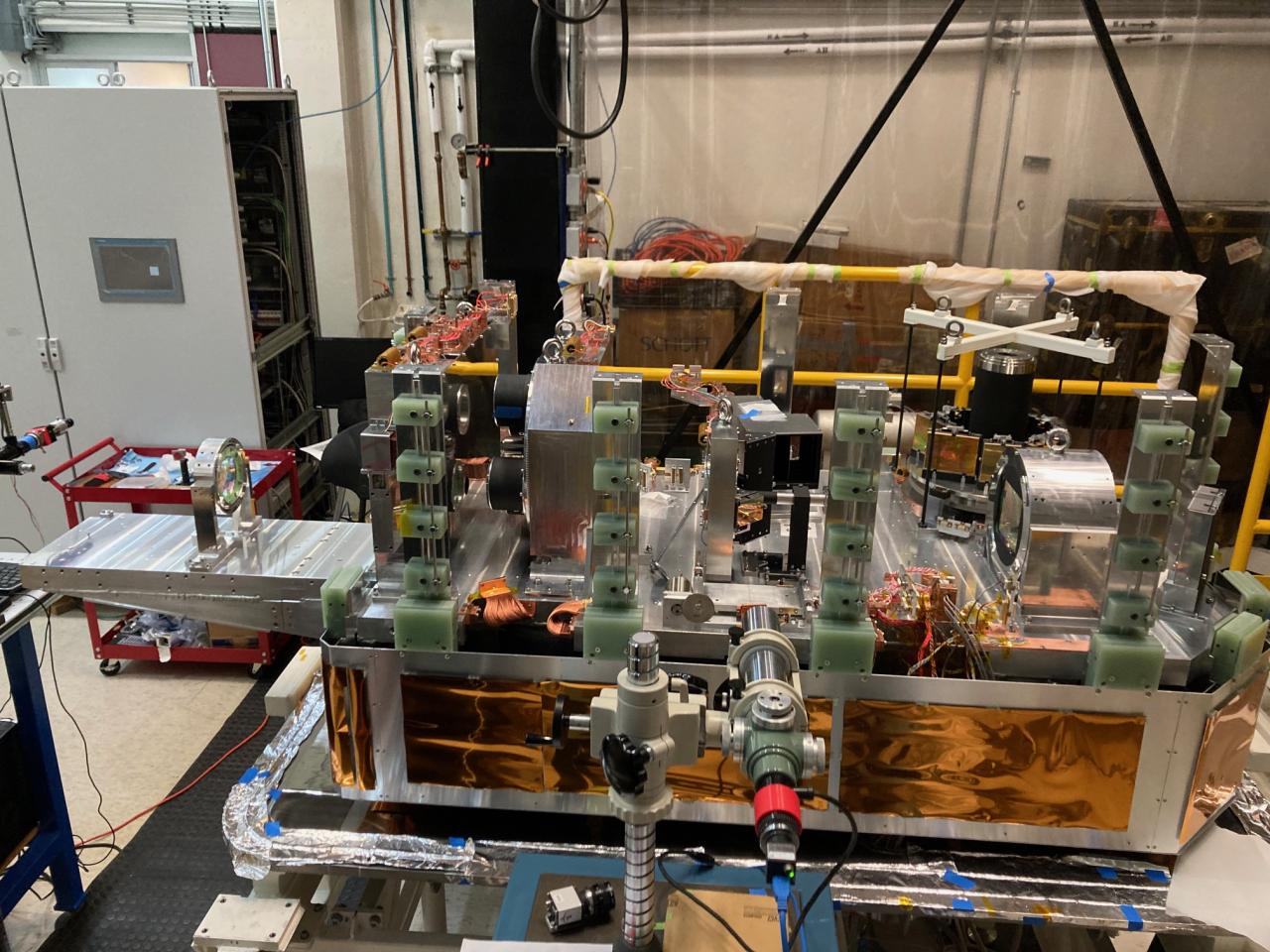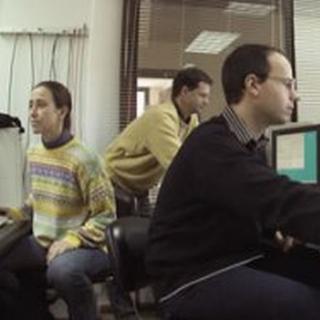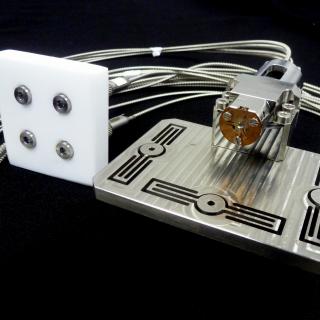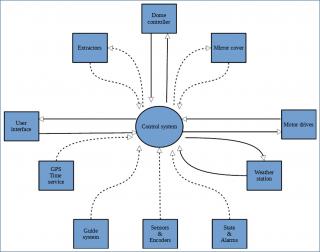General
FRIDA (inFRared Imager and Dissector for Adaptive optics) is an integral field spectrograph (near infrared) with imaging capability for use with the adaptive optics system (GTCAO) of the Gran Telescopio CANARIAS (GTC). The instrument will work at very high spatial resolution (up to 0.01") and a range of spectral resolutions up to 30,000. Its integral field unit will be based on an image slicer system using mirrors and will have several cameras for obtaining specific spatial scales, a large number of filters and 3 diffraction gratings optimised for defined bands and spectral resolutions.
FRIDA will use the HAWAII-2RG infrared detector, which is designed to work in the near infrared with a format of 2048x2048 pixels.
The FRIDA project is being led by the Instituto de Astronomía de la Universidad Nacional Autónoma de México (UNAM), with collaboration from the University of Florida (UF), the Universidad Complutense de Madrid (UCM) and the Instituto de Astrofísica de Canarias (IAC).
The IAC is responsible for systems engineering, technology transfer through the development of subsystem prototypes, global coordination of the Control System and in particular the detector control system, the data acquisition system, coordinated operations and management tools for observations.
Members
Severo Ochoa
FRIDA is an Integral Field Unit (IFU) based on an image dissector system using mirrors, and several optical cameras to cover different spatial scales sampling the GTC diffraction limit in the range 0.9 μm - 2.5 μm.
Unlike all instruments installed or planned for GTC, FRIDA is the only one that will work with extreme spatial resolution, a factor 10 - 20 higher than that of current instruments (and a factor 1.7 higher than that of JWST), distinguishing details in astronomical images separated by 0.025 arcseconds in one micron, 0.04 arcseconds in two microns, the diffraction limits of a 10.4 m telescope.
FRIDA has a range of spectral resolutions in IFU mode: R= 5000 to 30 000, which will allow the measurement of stellar objects and quasars at velocities of 10 km/s.
The IAC contribution to FRIDA includes: systems engineering, provision of the Hawaii 2RG detector and its controller, high-level instrument control software and tools for the pre- and post-observation phases with FRIDA. For more details consult the project pages at: http://research.iac.es/proyecto/frida/participation.html.
